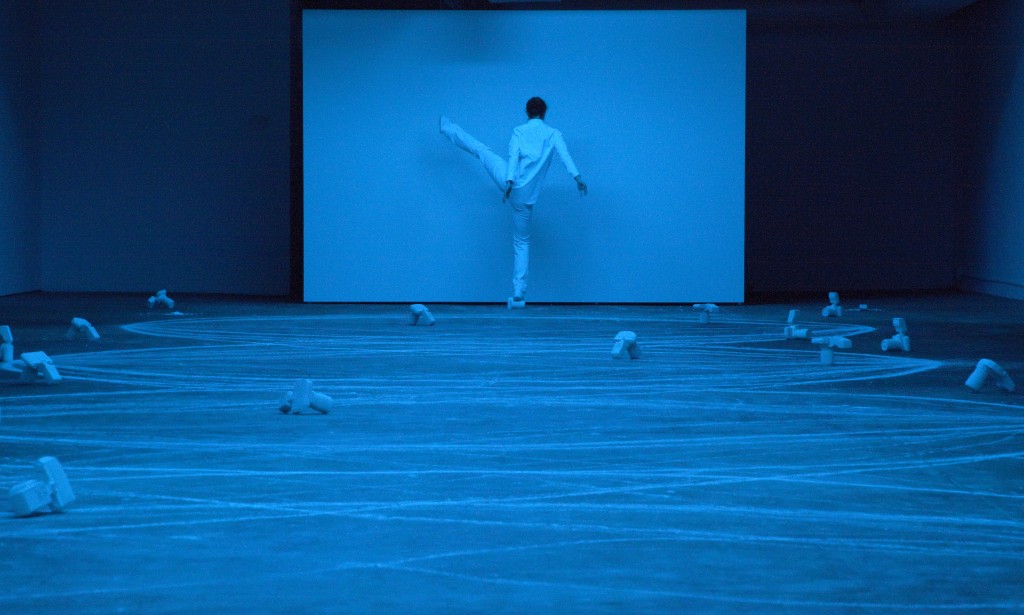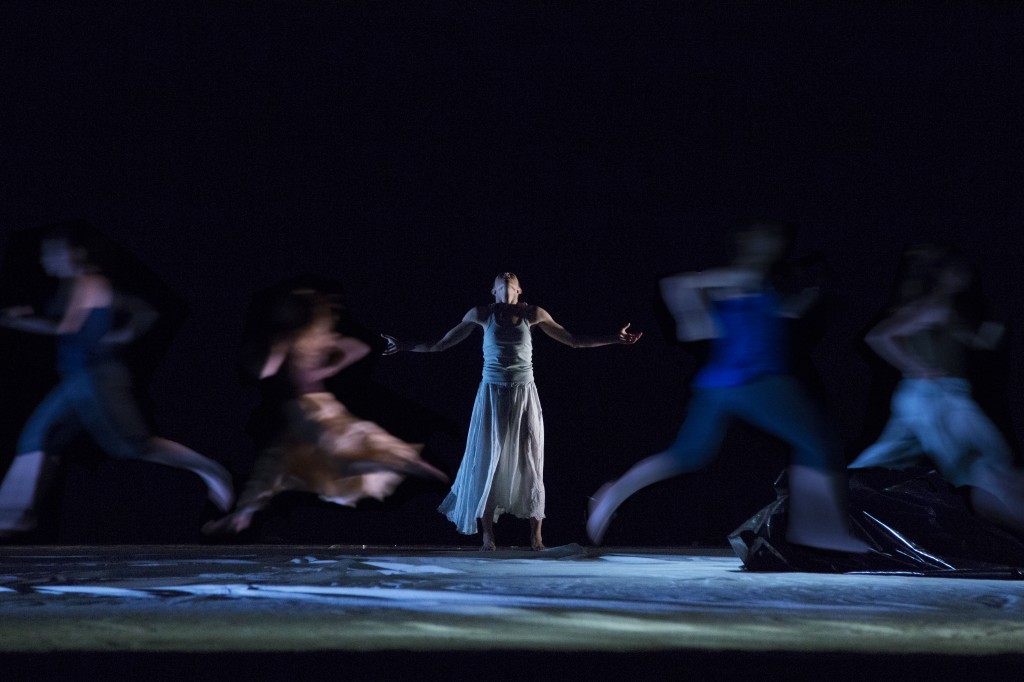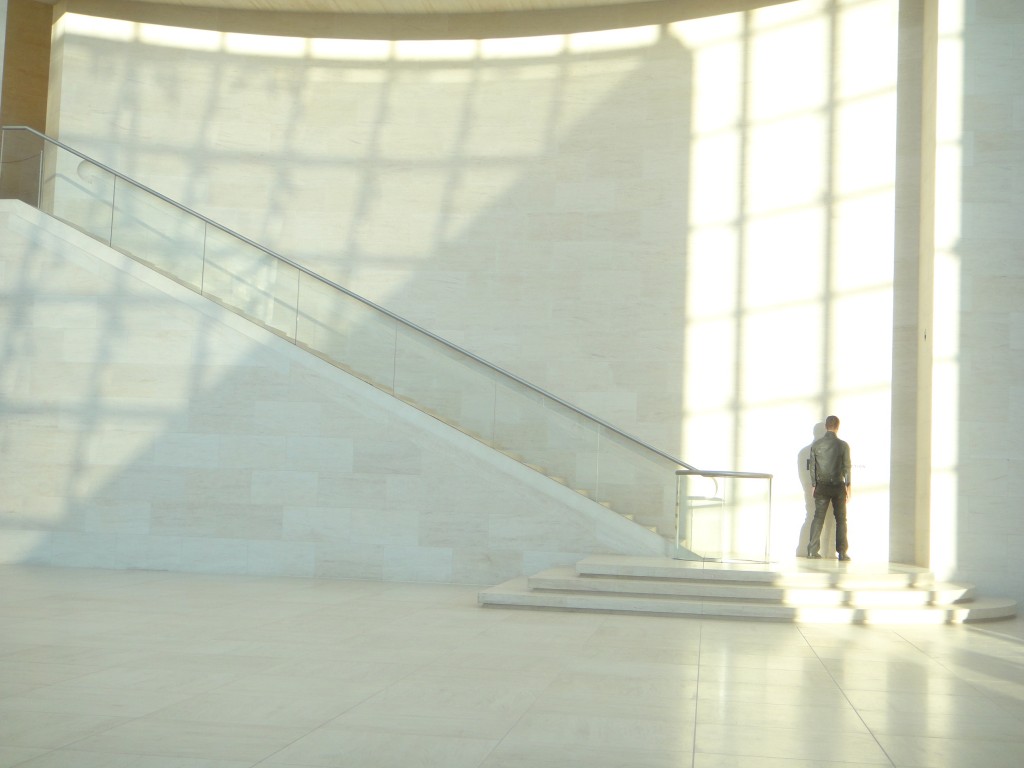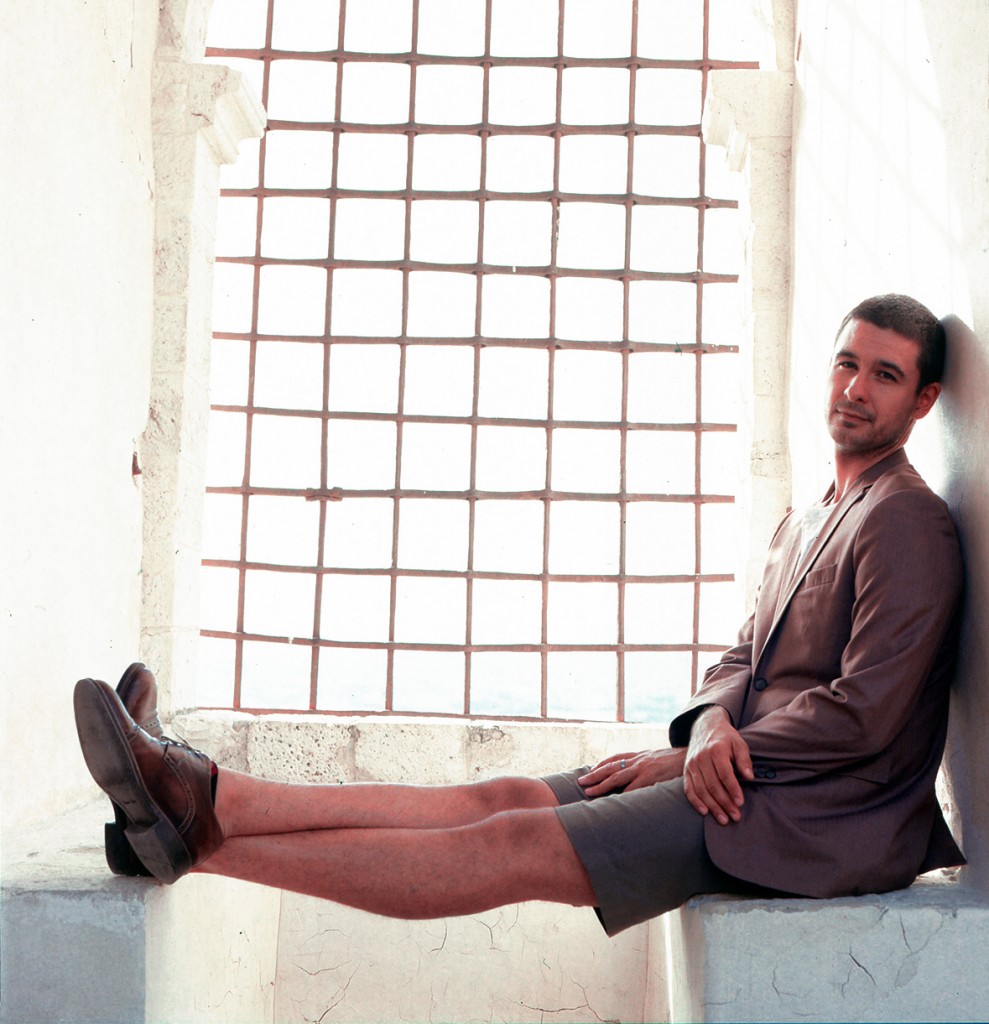INHALE is a cultural platform where artists are presented, where great projects are given credit and readers find inspiration. Think about Inhale as if it were a map: we can help you discover which are the must-see events all over the world, what is happening now in the artistic and cultural world as well as guide you through the latest designers’ products. Inhale interconnects domains that you are interested in, so that you will know all the events, places, galleries, studios that are a must-see. We have a 360 degree overview on art and culture and a passion to share.

Jonah Bokaer is one of the most important choreographers today. He combines dance with visual arts and pushes the limits of both. After having worked in a dance company, Bokaer started his own projects and today is the founder of Chez Bushwick and the co-founder of CRP – Center for Performance Research, which are known for experimenting in choreography.
You were the youngest dancer hired at Merce Cunningham Company. Which are the first memories of this experience? How was it like to work there?
I would like to share an unusual perspective on this. Normally, I do not answer or consider questions about Merce Cunningham, as this has very little to do at all with the work I create: but upon deep reflection, I’d like to share that he and I had in something in common. We shared a quite total, uncompromising devotion to choreography. I know that I will be pursuing this as passion, for decades – no question, here to stay. And I’m very honored to participate in the continuum of choreography.
I respect the mutual risk that we engaged in together: his decision to hire an 18-year old, and my decision to accept the invitation, and make it my life. It was deeply rewarding – speaking as a dancer.
And now I’ve moved on.
I’ve turned the page, aesthetically speaking.
What do you think was your best asset when you got there?
Separate, independent studies in Visual & Media Art were the most valuable assets to my formation in dance.
How did this moment influence your career?
My own career in choreography took shape very separately. I found, totally by accident, a 3,000′ foot loft in Bushwick, and began creating my work there. That was actually the single biggest influence on my life, and on my choreography.
I can hardly imagine what is the atmosphere like. Can you please detail?
I view choreography as the design of dance, and often, it is a private or solitary experience. Whereas the staging of a dance, the rehearsal of work, and the performance of work is a very shared public atmosphere and experience: for performers and viewers alike. I appreciate both aspects, but they are very different atmospheres. My favorite kind of performance atmosphere is when dancers, and public, are mutually satisfied together. That’s what always feels the best.
I believe that you are interested in the way the body moves in a certain space. In which way does space influence your performances?
Beginning in 2002 I began to show my work in galleries and museums. This was because I was working in a very visual manner – and it just seemed right to me. Now with more maturity, I would say, that I seek the greatest possible resonance in a given space, its architecture, and the staging of choreography within it. The choreography and the space should always be a hand-and-glove experience, whenever possible.
In a city as big as NY, creating an art space like CPR is something very brave. How did you get to create CPR?
I had the opportunity to co-found CPR between 2006-2009, and the center opened publicly in 2009. It involved a capital campaign, cooperation from the NYC Department of Cultural Affairs, and negotiating a mortgage in the middle of the global recession. It is my pleasure to remain on the Board of CPR, and I am very proud that the organization remains so stable during this time of legacy shakeup in NYC dance. CPR was possible because I was in my 20s, did not need much sleep, and was discovering my capacity as a powerful fundraiser. I’m proud of CPR, but it took a strong head, a strong spine, and at times, a strong stomach. Creating NYC arts real estate is not an experience I would recommend to others. But I’m thankful that I did it young enough, to now relax and enjoy the purity of making new dance – which is what my life is dedicated to. It just feels right. (The organization was co-founded with John Jasperse.) But I’m thankful that I participated early enough, to now relax, and enjoy the purity of making new dance – which is what my life is dedicated to. It just feels right.
You said in an interview that now in NY it’s better to have a research lab. Why is that?
I see artists, performers, choreographers, and musicians being asked to operate within increasingly diverse presentation contexts. I am currently exhibiting in museums, as often as my choreography is shown in theaters – if not more. To keep the work meaningful, and rigorous, a research lab was essential for me. It’s also much more fun that way, and keeps work interesting.
You worked a lot with artists from other media. Why are you interested in meeting them and putting up something together?
The combination of visual arts and dance is the focus of my entire creative output. The mission of my work is to intensify the relationship between these two forms – and often that involves finding an inbetween, hybrid form. I think I’ve also been very lucky to work with generous collaborators, for which I’m very grateful.
How was it to work with Daniel Arsham?
Artistically speaking, Daniel Arsham is my brother. We have a continual dialogue with each other’s work, which continues to grow, broaden, deepen. I can’t believe I’m lucky enough to have Daniel and his work in my life. He’s 100% there, professionally and personally, and I am the same for him. We have a number of exciting productions coming up, and ongoing weekly dialogue together. It’s a continual challenge, a continual evolution between both of our works.
How would you describe Robert Wilson’s practice?
To me, Robert Wilson is the artist who most formed my work, because he taught me about the technical execution of stage space, and exhibition space – from the inside out. Early exposure to his process allowed me to reimagine how artists can collaborate. I find Bob to be a very generous collaborator, and a very clear communicator. He’s also quite successful at supporting younger artists, which I find inspiring.
You founded Chez Bushwick. Was is the main goal of this longterm project?
Chez Bushwick is dedicated to providing affordable workspace for the performing arts in NYC. 12 years and counting! It’s a wonderful organization, and an incredible team. The true mother ship, and such incredible longevity.
How would you describe your practice? Has you practice change over the years? If yes, in which way?
There is a golden thread running through all of my work: it is about the visuality of dance, as a form of art. My early work was more digitally motivated; my breakthrough works were in museums; more recent efforts engage the cultures of North Africa and the Middle East, which I feel have not been appropriately represented in the public over the past 14 years – and certainly not in dance. But the thread is visual design, which anchors all of my work, and which I see continuing into the future.
What are you working on at the moment?
My dancers, collaborators and I have the good fortune of touring about 30-35 weeks annually, and often in Europe – though I’m very passionate about sharing my work broadly in the U.S. I was recently with dancers in residence in the Hudson Valley, at work on two major commissions. One is for the 70th Anniversary of a historical event in Polish and women’s history, set to premiere on October 7th of this year, at the Center for Jewish History. Ririe Woodbury Dance Company has also commissioned a new work, set to premiere this fall on September 25-27.
I am also creating a special NYC performance at a new venue called Lightbox, on West 38th Street, a fantastic jewel-box space which gives audiences customized event experiences. This event will be with Daniel Arsham.
It should be a fantastic engagement – our home season.
2015 will include tours to France, Atlanta, Italy, Miami, and elsewhere.
I am also releasing my 4th App – which should be a blast.
More about Jonah Bokaer jonahbokaer.net






























































